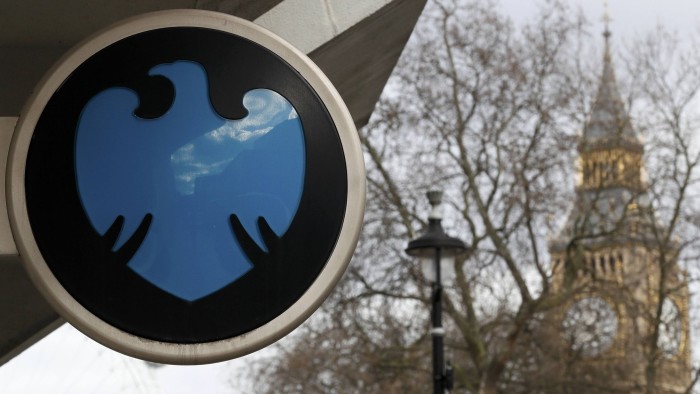Barclays shares climb as Exane sees good news in history

Roula Khalaf, Editor of the FT, selects her favourite stories in this weekly newsletter.
Barclays was a gainer on Friday after Exane BNP Paribas advised investors to look to the very, very long term.
An analysis of results since its incorporation in 1896 suggests the Barclays of today has more in common with its ancient past than its recent history, Exane argued.
Three decades of boom and bust have been poor guides to “normal” bank profitability which, once the sector is repaired, should recover to whatever level managements are prepared to accept, it told clients.
Delving into Barclays corporate archives in Manchester showed the bank delivering a stable return on tangible equity of around 10 per cent between 1916 and 1990 — albeit obfuscated for most of the period by weak reporting standards.
The subsequent expansion of risky lending raised profitability to unsustainable levels, squeezing the ROTE above 30 per cent, and ending with the 2008 crash that overhangs the sector and colours current analysis, the broker said.
With balance sheets now fixed and an end to regulatory tightening in sight, Barclays’s ROTE should settle back to between 10 per cent and 11 per cent versus an 8 per cent cost of equity, Exane forecast.

It expected normalised profit to be up on the 20th century average as banks now have higher margin assets on their balance sheets, run thinner capital ratios and pay less tax.
Exane put a 290p target price on Barclays, which closed 1.4 per cent higher at 227p in a flat wider market.
Headlines that Republicans would reject President Donald Trump’s healthcare bill triggered a late sell-off, leading the FTSE 100 to close 3.89 points lower at 7,336.82. For the week, the index fell 1.2 per cent, its worst weekly performance since mid-January.
Leading Friday’s gainers, engineer Smiths Group rose 2.9 per cent to £16.01 after its interim results beat forecasts and came with an unchanged outlook.
Melrose added 3.7 per cent to 225.6p after proposing to upgrade its listing on the London Stock Exchange from ordinary to premium.
The engineering turnround specialist’s reverse takeover of Nortek in 2016 meant it had to give up its premium status and lose eligibility for the main FTSE indices.
A current market value of £4.2bn would put Melrose on the cusp of joining the FTSE 100 at the next index review.
Well engineer Hunting took on 0.8 per cent to 562p and Weir, the pumpmaker, rose 1.5 per cent to £18.91 after Halliburton said since the start of 2017 it has been reactivating twice the amount of fracking gear than it had expected.
Admiral faded 0.7 per cent to £19.78. UBS cut the car insurer off its “buy” list in favour of peers with lower reinsurance retention limits, such as Direct Line, up 0.5 per cent to 337.6p.
Tethys Petroleum slumped 35.7 per cent to 1.1p after the Caspian explorer moved to cancel its London listing.
Comments